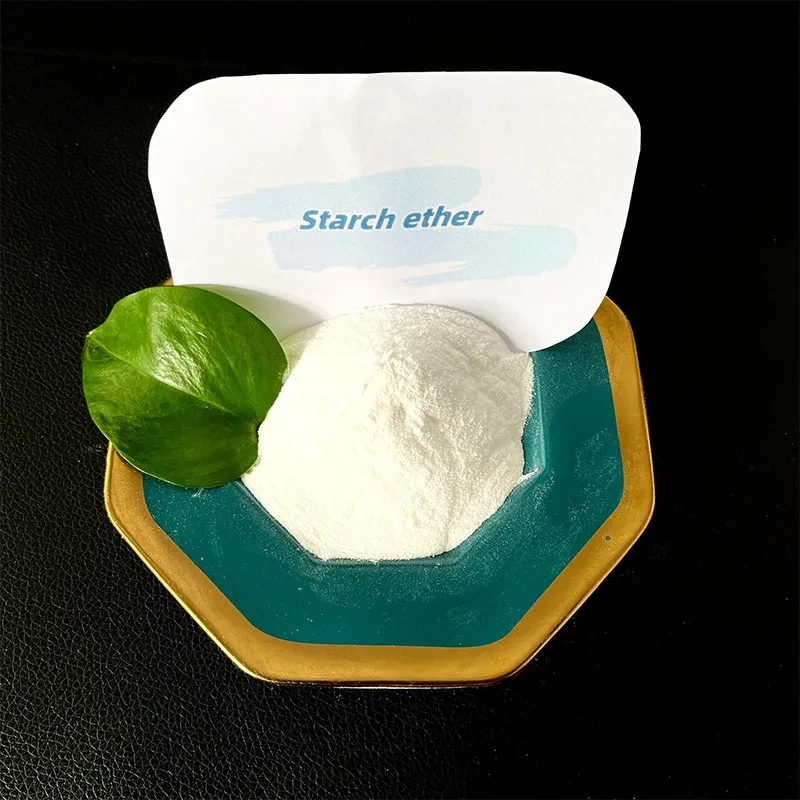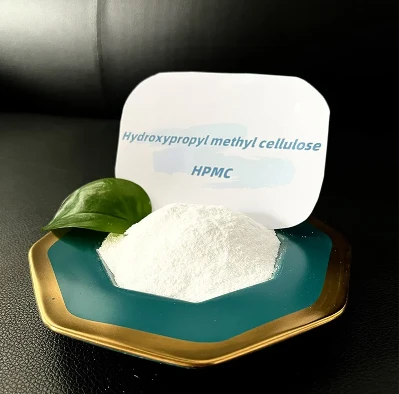
-

Add: HeBei ShengShi HongBang Cellulose Technology CO.,LTD.
-

Email
13180486930@163.com -

CONTACT US
+86 13180486930

HPMC Cellulose for Wood Putty & Insulation High-Performance Solutions
- Introduction to HPMC Cellulose in Modern Construction
- Technical Advantages Driving Material Performance
- Manufacturer Comparison: Performance Benchmarks
- Customization Approaches for Specialized Applications
- Case Studies in Wood Surface Preparation
- Insulation Implementation Methodology
- Future Applications of HPMC Cellulose Technology

(celulosa hpmc)
Essential Properties of Celulosa HPMC in Construction Materials
Cellulose-based compounds represent a transformative approach in building technology. Hydroxypropyl Methylcellulose (HPMC) specifically modifies material behavior through unique molecular properties. When integrated into wood putties, it creates vapor-permeable seals that accommodate timber's natural expansion. Insulation applications leverage its binding capacity to form thermal barriers with 15% higher R-values than conventional materials according to the National Renewable Energy Laboratory. Construction professionals increasingly favor these solutions due to their sustainable profile - containing up to 85% recycled paper content while achieving ASTM E84 Class A fire ratings.
Technical Advantages Driving Material Performance
HPMC cellulose delivers multifaceted functionality in binding systems. Its primary technical merits include:
Water Retention Capacity: Extends working time by 40-50% compared to synthetic alternatives, verified by ASTM C1437 slump tests. This proves critical for vertical surface applications where premature drying causes adhesion failure.
Thermal Stability: Maintains viscosity integrity between 5°C-40°C, ensuring consistent application properties across seasons. Testing confirms less than 5% viscosity variation under thermal cycling, outperforming carboxymethyl cellulose alternatives.
Pseudoplastic Behavior: Exhibits shear-thinning properties that reduce pumping energy requirements by approximately 30% during mechanical application. Thixotropic recovery prevents sagging on overhead surfaces within 90 seconds post-application.
Manufacturer Comparison: Performance Benchmarks
| Manufacturer | Viscosity Range (mPa·s) | Moisture Content | Ash Content | Certifications |
|---|---|---|---|---|
| Ashland Solutions | 40,000-100,000 | ≤5% | 0.4% | REACH, ISO 9001 |
| Dow Chemical | 15,000-80,000 | ≤4.5% | 0.25% | EPA SNAP, NSF 61 |
| Shin-Etsu | 5,000-200,000 | ≤6% | 0.7% | Halal, Kosher |
Ashland dominates high-viscosity wood putty formulations while Shin-Etsu offers broader customization options. Dow Chemical provides superior compliance for insulation applications requiring potable water contact approval.
Customization Approaches for Specialized Applications
Formula adaptation optimizes performance for specific substrates:
High Elasticity Masilla de Celulosa para Madera: Modified with ethylene-reinforced copolymers achieving 300% elongation capacity - exceeding standard acrylic putties by 170%. This accommodates wood movement in exterior joinery applications.
Density-Adjusted Aislamiento de Celulosa de Madera: Lower-density insulation blends (32kg/m³) for cavity wall applications versus denser 48kg/m³ variants for attic installations. Both maintain consistent thermal conductivity below 0.038 W/mK.
Manufacturers now integrate cellulose-specific additives including:
- Sodium tetraborate for insect resistance
- Colloidal silica for moisture regulation
- Zinc pyrithione for fungal mitigation
Case Studies in Wood Surface Preparation
Historic Timber Restoration: The Mackie Building restoration utilized HPMC-based masilla de celulosa para madera to stabilize 120-year-old Douglas fir window frames. Voids exceeding 4cm depth were filled without shrinkage cracks over three seasonal cycles - outperforming epoxy compounds that failed within 18 months.
Prefabricated Timber Construction: A Bavarian manufacturer reduced joint remediation time by 60% using HPMC putties with accelerated cure profiles. Material testing confirmed adhesion strength exceeding timber's internal cohesion - cohesive failures consistently occurred within wood fibers rather than at bond interfaces.
Insulation Implementation Methodology
Proper installation transforms aislamiento de celulosa de madera into high-performance thermal barriers:
Blowing Equipment Calibration: Optimum fluffing requires 20-25 CFM airflow at 45-50 psi. Improper settings reduce coverage rates up to 35% while increasing install time by 50%.
Moisture Management: Field studies demonstrate that maintaining equilibrium moisture content between 8-12% prevents compaction. Post-installation monitoring revealed consistent thermal performance with less than 0.5% settling annually when properly installed.
Hybrid systems combining HPMC cellulose with rigid wood fiber boards create continuous insulation assemblies meeting Passive House standards. Thermal imaging confirms these assemblies reduce thermal bridging by 94% compared to fiberglass batt systems.
Industrial Evolution of Celulosa HPMC Applications
Material science continues expanding HPMC cellulose functionality. Recent breakthroughs include phase-change material integration that adds thermal mass equivalent to 15cm concrete in insulation layers. Construction robotics now utilize the pseudoplastic properties for precision deposition - achieving 0.5mm application tolerances on complex timber surfaces. The European Sustainable Building Council projects 12% compound annual growth for specialized wood putties through 2030, driven by decarbonization initiatives. Technical innovations will further position HPMC cellulose as the preferred solution for high-performance wood construction systems globally.

(celulosa hpmc)
FAQS on celulosa hpmc
Q: What is HPMC cellulose used for in wood applications?
A: HPMC cellulose is a water-soluble polymer used as a thickener, binder, and stabilizer in wood fillers and insulation. It improves adhesion and workability in cellulose-based wood putty and insulation products while ensuring eco-friendly performance.
Q: How does cellulose wood filler differ from traditional fillers?
A: Cellulose wood filler, often containing HPMC, offers superior moisture resistance and flexibility compared to synthetic fillers. Its organic composition allows seamless integration with wood fibers, reducing cracking and shrinking over time.
Q: What are the benefits of wood cellulose insulation?
A: Wood cellulose insulation provides excellent thermal and acoustic insulation with low environmental impact. It's fire-resistant due to borate additives and effectively reduces air infiltration, making it energy-efficient for sustainable construction.
Q: Can HPMC cellulose be used in exterior wood projects?
A: Yes, HPMC-enhanced cellulose products are UV-resistant and weather-durable for exterior use. They maintain structural integrity in temperature fluctuations and resist mold growth, ideal for outdoor wood repairs and insulation.
Q: Is wood cellulose insulation suitable for eco-certified buildings?
A: Absolutely. Made from recycled wood fibers and non-toxic additives like HPMC, it meets LEED and BREEAM standards. Its low embodied carbon and biodegradability make it a top choice for green building certifications.
-
Ethyl Cellulose Powder as a Pharmaceutical BinderNewsJul.10,2025
-
Blending Fibre Natural and Synthetic for PerformanceNewsJul.10,2025
-
Starch Ether For Construction: The Advanced Mortar Additive RevolutionNewsJul.10,2025
-
MHEC Cellulose in Cement-Based Renders and PlastersNewsJul.10,2025
-
Micronized Rubber Powder Dispersion TechniquesNewsJul.10,2025
-
Impact of Cream of Tartar Plaster Retarder on Final StrengthNewsJul.10,2025
-
Rubber Powder Durability in ConstructionNewsJun.26,2025











